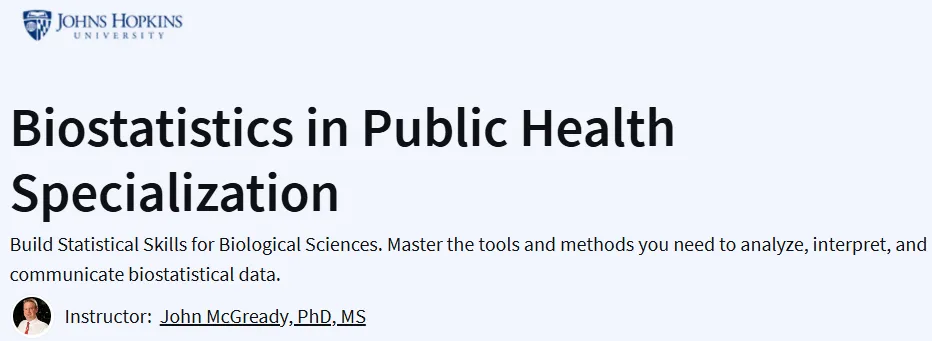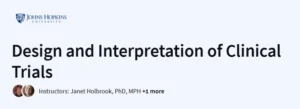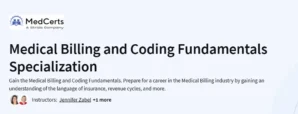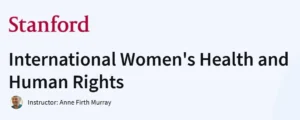What you will learn in Biostatistics in Public Health Specialization Course
Calculate summary statistics from public health and biomedical data.
Interpret written and visual presentations of statistical data.
- Evaluate and interpret results of various regression methods.
- Choose the most appropriate statistical method to answer your research question.
Program Overview
Summary Statistics in Public Health
⏱️15 hours
Calculate continuous data measures.
Interpret data visualizations.
Analyze binary data.
Analyze time-to-event data.
Hypothesis Testing in Public Health
⏱️19 hours
Use statistical methods to analyze sampling distributions.
Estimate and interpret 95% confidence intervals for single samples and two populations.
Estimate and interpret p-values for hypothesis testing.
Simple Regression Analysis in Public Health
⏱️ 15 hours
Practice simple regression methods to determine relationships between an outcome and a predictor.
Recognize confounding in statistical analysis.
Perform estimate adjustments.
Multiple Regression Analysis in Public Health
⏱️14 hours
Practice multiple regression methods to determine relationships between an outcome and multiple predictors.
Use the spline approach for non-linear relationships with continuous predictors.
Perform calculations with multiple predictor variables.
Get certificate
Job Outlook
Professionals trained in biostatistics are in demand across various fields, including public health, healthcare, and research. Key skills include:
Knowledge of statistical methods and their application in public health.
Ability to analyze and interpret biomedical data.
Proficiency in statistical software and data visualization tools.
Specification: Biostatistics in Public Health Specialization
|
FAQs
- It helps analyze patterns in health-related data.
- Used to evaluate the effectiveness of treatments and interventions.
- Supports public health policies by providing scientific evidence.
- Essential for understanding disease trends and improving population health.
- A general understanding of high school-level math is enough.
- No prior experience in advanced statistics is required.
- The course explains concepts step by step with real-world examples.
- Visualizations and health datasets make the learning more practical.
- Basics of probability, distributions, and sampling.
- Statistical inference and hypothesis testing.
- Regression analysis for health data.
- Study design and data interpretation in public health research.
- Analyze public health surveys and clinical trial data.
- Interpret findings to inform health decisions and interventions.
- Support research projects in healthcare and epidemiology.
- Communicate statistical results to health professionals and policymakers.
- Public health students and professionals.
- Healthcare workers looking to expand research skills.
- Policy analysts working with health data.
- Anyone interested in applying statistics to health-related problems.





